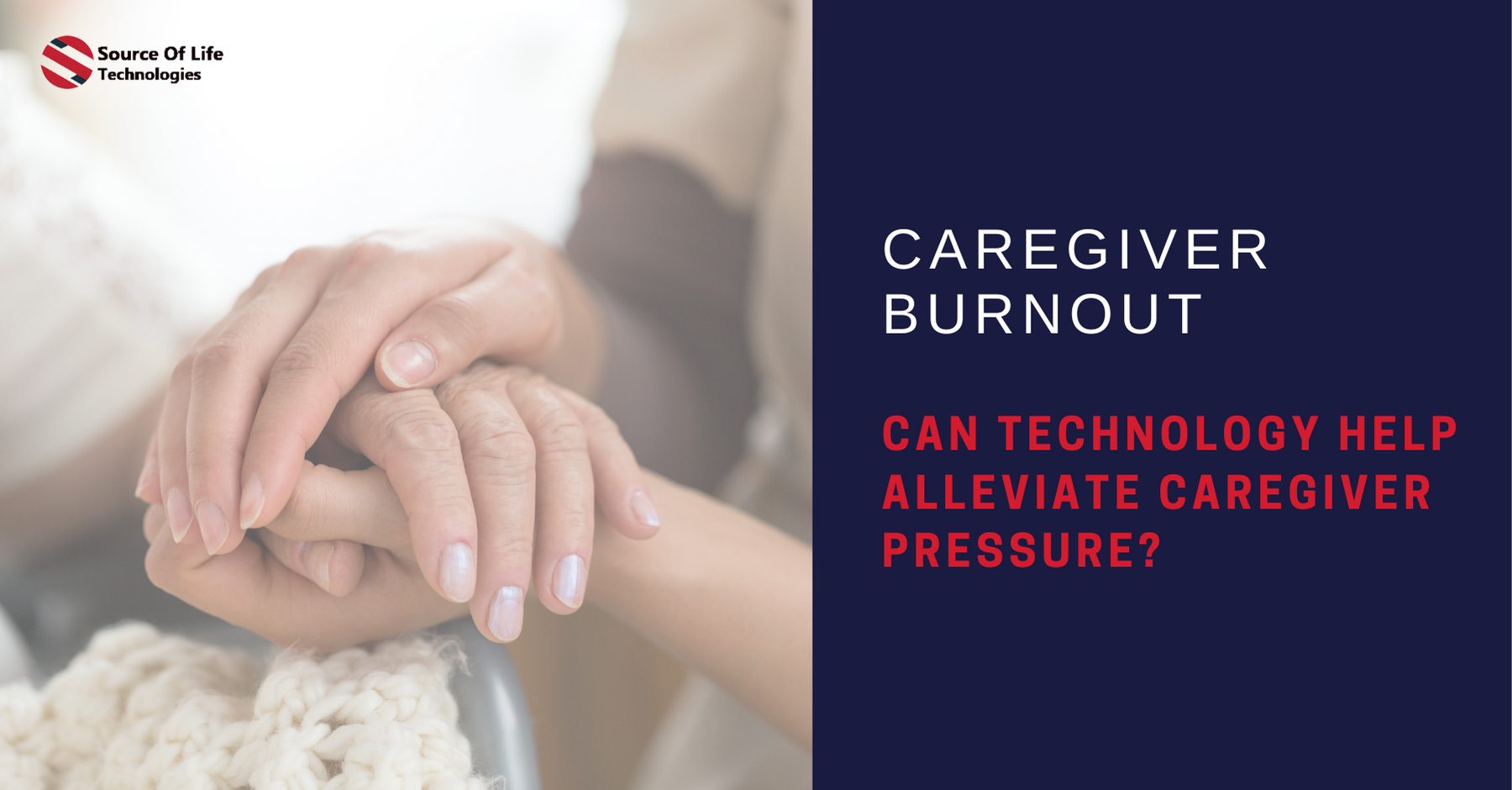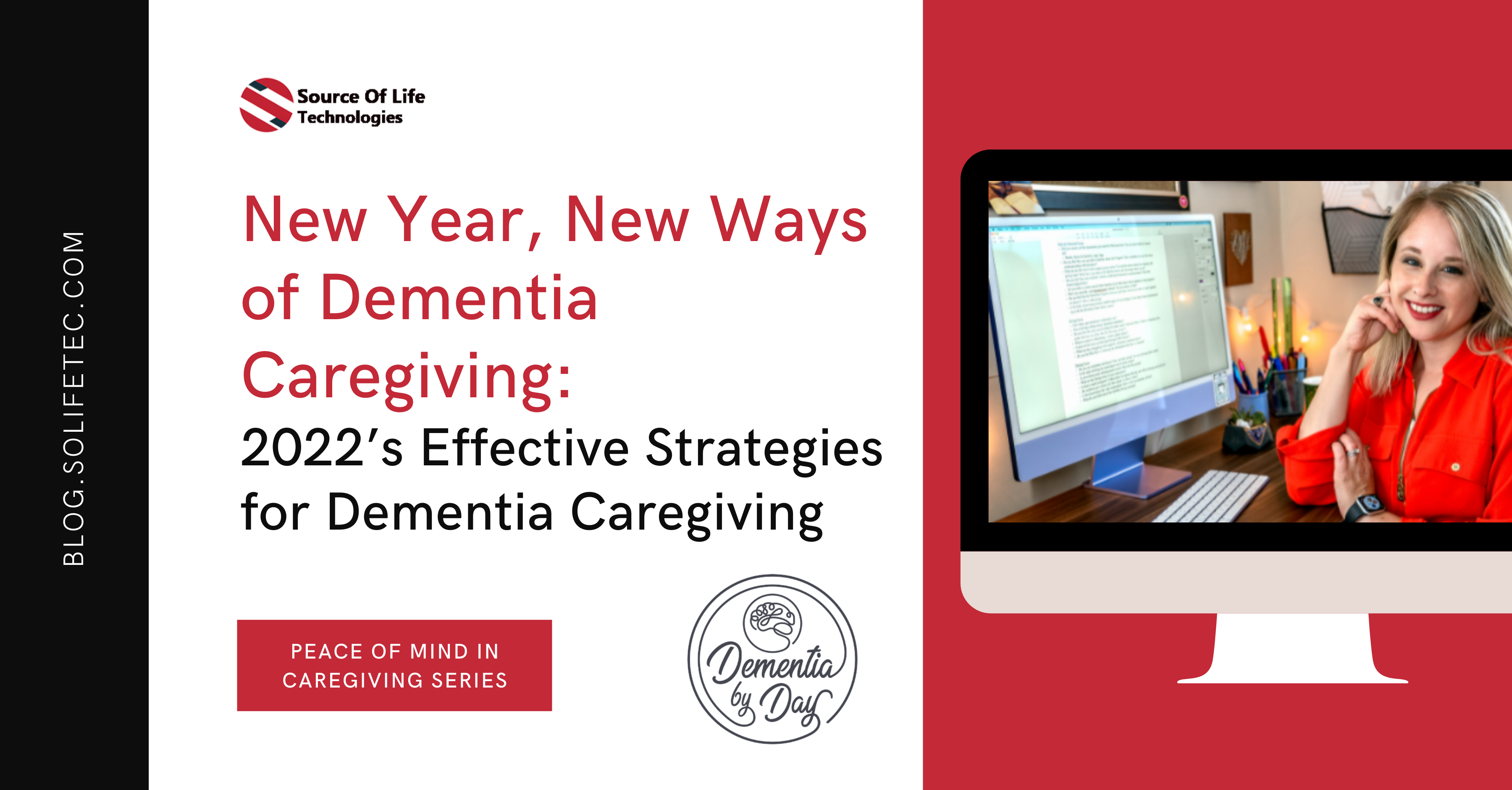Caregiver Burnout – Can Technology Help Alleviate Caregiver Pressure?

There is a mental, physical and financial toll effecting our nations caregivers. Caregiver burnout comes from immense stress occurring from many sides including the caregivers themselves.
Caregivers often forego the care they need for themselves leading to the inevitable burnout. Statistically, unpaid caregivers report activities of enjoyment in their day-to-day life are often reduced due to their responsibilities of caregiving. Feelings of isolation and overwhelmingness leading to burnout can come from things like:
- Consistently getting less than 7-8 hours of sleep
- Difficulty finding time to eat regular meals
- Spending little to no time on vacation
- Inability to craft “friend time” or take part in enjoyable hobbies
National Family Caregivers Month aims to recognize all the efforts of unpaid caregivers making sacrifices to care for family or loved ones. The desire to help those we love is healthy and very human. But caregiving can become overwhelming, and this impact can be deep. The Caregiver Action Network every year kicks off a theme in celebration of our nation’s caregivers. This year’s theme is to bring awareness around the whole identity of a caregiver and promoting our caregivers to embrace their full self. You can find more information here.
.png?width=214&name=Caregiver%20Quote%20(1).png)
A recent discussion with a caregiver: “I am the quintessential sandwich generation caring for my 95-year-old mother and 42-year-old disabled daughter. I am constantly helping to feed, bathe, assist in daily living activities, drive to and from doctor appointments and weekly hair appointments and much more. I find it difficult to have time for “me”. I’m not sure I even know what that may feel like after a lifetime of being a care provider. I know I find peace in my garden and in maintaining friendships outside of the people I care for.”
When asked, ”What are measures you have in place to bring peace of mind and decreased stress into your days?”, technology was at the forefront of tools in this caregiver’s corner.
Caregivers need help and easy-to-use technology can lead to peace of mind in daily tasks. There is now a growing number of technologies to help lighten the load on caregivers and assist in ensuring loved ones are safe, as independent as possible, receiving the care they need and offering the much-needed mental break on care providers.
How technology brings peace of mind:
Here is a listing of 4 technologies readily used in this care providers home:
- Caregiving Coordination System
The use of mobile technology has increased over the last couple years in this caregiver’s home. Caregiver scheduling can all be done from the logging in and out by phone offering peace of mind in knowing when respite is on the way.
- Remote Monitoring
The use of technology by way of monitoring during sleeping hours specifically has brought peace of mind into the home. Notifications on movement and getting up and down habits has allowed this caregiver to sleep peacefully until notifications arrive. Prior to remote monitoring, this caregiver was up and down 5x or more a night.
- Virtual Physician Visits
Virtual visits have shown a large potential in reducing caregiver stress by allowing the opportunity to arrange visits at home and take less time and expense when in office visits are not necessary. ”Physical limitations with unloading a wheelchair or risking infections inside offices make virtual physician visits more beneficial.”, says this caregiver.
- Online Support Groups
Engaging in a community of likeminded individuals from the comfort of one’s own home has provided emotional support. Receiving practical strategies, advice and shared experiences in a welcoming space relieves feelings of isolation.
An opportunity to simplify a care providers life or that of loved one’s using technology has benefits. If you are ready to start asking questions and determine which caregiver tools might be helpful to you, speak with a Source of Life Technologies rep today.
From online engagement, mobile app opportunities, and to senior care fall strategies, healthcare shouldn’t be reactive - it should be proactive. Doors have been opened to on-demand healthcare and it turns out most patients, physicians, families and therapists want to continue down that path. The decision to modernize your senior care strategies is a big one and doesn’t happen overnight. Talk to the Source of Life Technologies team for the guidance and direction you need to make the change in your organization or home.

